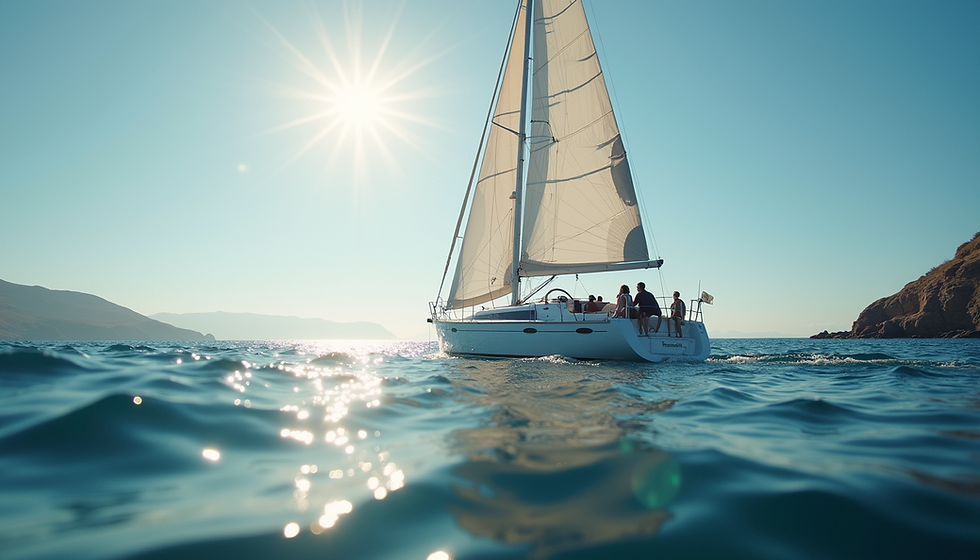RYA Radar Course
- Paul Bew City Sailing

- Jan 22, 2024
- 3 min read
Updated: Jan 23, 2024
Do I need to do this course? Is it not boring?
These are the questions I get asked and the answer is yes and no!
Do I need to do the RYA Radar course?
Yes under the rules IRPCS you need to keep a lookout with all available means at all times and if you charter a vessel with a radar you will need to use it and understand how to use it.
Is the RYA Radar Course Boring?
No it gives you a step by step guide to setting up and understanding how a radar works, how to navigate with a Radar and also how to collision avoid with the Radar including understanding R19.
Rule 5 - Look-out
Every vessel shall at all times maintain a proper look-out by sight and hearing as well as by all available means appropriate in the prevailing circumstances and conditions so as to make a full appraisal of the situation and of the risk of collision.
Radar Plotting
The rules say ‘radar plotting or equivalent systematic observation’ this means recording the position of contacts at regular intervals as they move across the screen to establish if they are on collision course. We cover this on the course.
(b) Additionally, by vessels with operational radar:
(i) the efficiency and limitations of the radar equipment.
(ii) any constraints imposed by the radar range scale in use.
(iii) the effect on radar detection of the sea state, weather, and other sources of interference.
(iv) the possibility that small vessels, ice and other floating objects may not be detected by radar at an adequate range.
(v) the number, location and movement of vessels detected by radar.
(vi) the more exact assessment of the visibility that may be possible when radar is used to determine the range of vessels or other objects in the vicinity.
Rule 7(a)
(a) Every vessel shall use all available means appropriate to the prevailing circumstances and conditions to determine if risk of collision exists. If there is any doubt such risk shall be deemed to exist.
(b) (b) Proper use shall be made of radar equipment if fitted and operational, including long-range scanning to obtain early warning of risk of collision and radar plotting or equivalent systematic observation of detected objects.
(c) (c) Assumptions shall not be made based on scanty information, especially scanty radar information.
RYA Radar Course
What is Radar? The term RADAR is an acronym meaning RAdio Detection and Ranging. It is a device which measures the time it takes for a pulsed signal to be reflected from an object.
How Ships Determined Position Before Radar
The use of echoes to determine position did not begin with radar. Ships would sound a short blast on their whistles, fire a shot, or strike a bell as an aid to navigation when running in fog near a rugged shoreline. The time between the origination of the sound and the returning of the echo indicated how far the ship was from the cliffs or the shore. The direction from which the echo was heard indicated the relative bearing of the shore.
Radar is one of the most versatile of all electronic navigational aids, you are not relying on a third party for the information which you are with GPS. It is not an all-seeing eye and can easily mislead navigators who do not know how to adjust the controls or interpret the picture. This RYA Radar Course is designed to teach you to get the best from your radar and understand the controls and limitations of your set as well as understanding what the radar is doing in the background.
Join us on a RYA Radar Course to find out more!





Comments